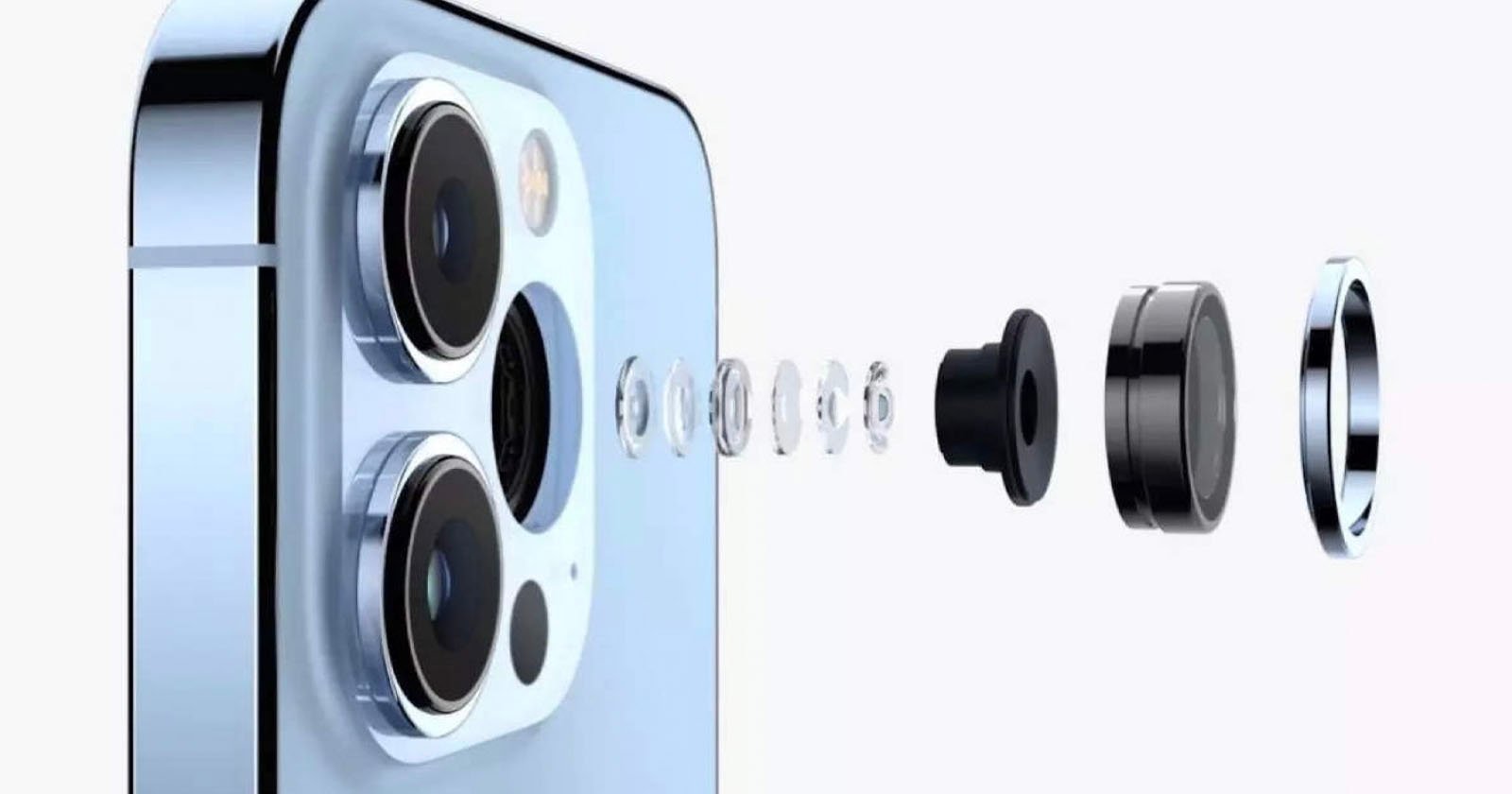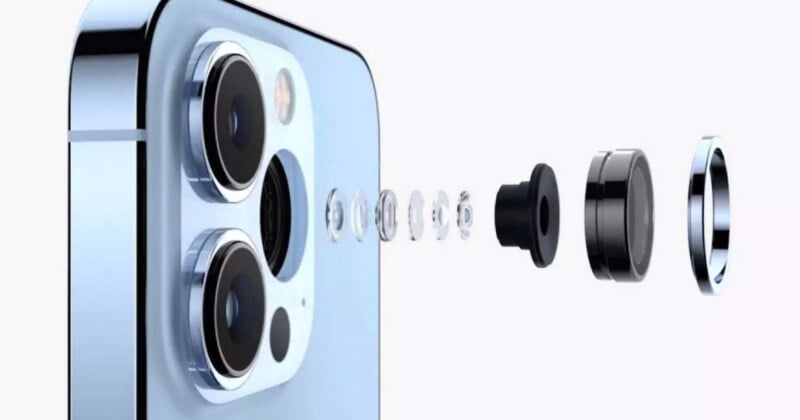
[ad_1]

Thanks to improvements in sensor design, iPhone and Android smartphones are gaining traction with enthusiast and professional creators. However, one area that has lagged behind developments in imaging sensors is image stabilization. In a significant development, a recent patent granted to Apple hints at a potential game-changer in this field.
Advances in sensor resolution, color rendition, and workflow allow phones to be used in social media content creation, commercials, and even television and cinema production. However, even the best smartphone camera must play catch-up when movement is introduced, highlighting the limitations of optical image stabilization inside relatively tiny smartphone camera modules.
While innovative, the digital stabilization used in smartphones like the iPhone is essentially a sophisticated form of cropping and object tracking. These systems attempt to stabilize an image by centering the subject as it moves, but this results in a loss of resolution and compromised image quality.
The resulting footage is lower resolution than the source footage because the cropped video is smaller than the original. Even capable systems like the Action mode in the iPhone can’t compare to post-production stabilization in apps like Resolve and Premiere.
![]()
Optical image stabilization, sometimes called OIS, IS, OS, or VR, is already found on many interchangeable camera lenses. Optical stabilization moves components in a lens to counteract motion.
While optical stabilization in smartphone camera systems isn’t new, it’s not yet a standard feature. The most impressive OIS is in Sony’s Xperia lineup, but these phones have yet to gain significant popularity in the American market. Other companies like Huawei, Vivo, and OnePlus also offer phones with OIS, although these brands have not achieve widespread adoption yet.
So Apple’s patent doesn’t break new ground regarding optical stabilization in smartphone cameras, but it does signal that the company is actively developing improved stabilization. The patent describes the system Apple would use to design and manufacture image stabilization systems.
The patent, “Voice Coil Motor Optical Image Stabilization,” isn’t exceptionally gripping reading material, but it describes Apple’s engineering approach to solving motion artifacts. In other words, Apple isn’t patenting image stabilization in and of itself, but its novel approach for achieving stabilization.
![]()
Apple’s current image stabilization moves components across two axes to cancel out motion. The patent describes a more advanced system that uses magnets and several motors to provide image stabilization on additional axes, which promises to improve performance and reliability.
Apple acknowledges that its current OIS technology is susceptible to certain high-amplitude vibrations, so it will be interesting to see if a different approach to stabilization may prove more durable. As of now, Apple recommends a vibration dampening mount for certain users, especially those who attach their iPhone to a mopeds, scooters, or drones.
As the name implies, voice coils are commonly used in microphones and speakers and can move rapidly and with very low power. Using a voice coil as the driver for image stabilization is familiar, but getting the technology to move an imaging sensor in a tiny device like a smartphone is hard.
The patent also describes how magnets inside a smartphone camera system could precisely control the position of various components to ensure improved image quality. If a single part of a lens is not perfectly parallel to the image plane, for example, this can have a negative impact on image sharpness. If Apple can use location measurements and corrective magnets to adjust components during use in response to specific user movement, that could help Apple’s engineers extract superior performance from the very small lenses inside smartphone camera modules.
Patents do not indicate when or if a technology will come to market. However, since Apple has been granted the patent, it is now free to manufacture devices with the described optical image stabilization technology.
Apple’s developments often drive other companies to follow suit, so this patent could trigger image stabilization systems in the wider smartphone market. In any case, an iPhone with improved optical image stabilization will likely come sooner rather than later.
[ad_2]